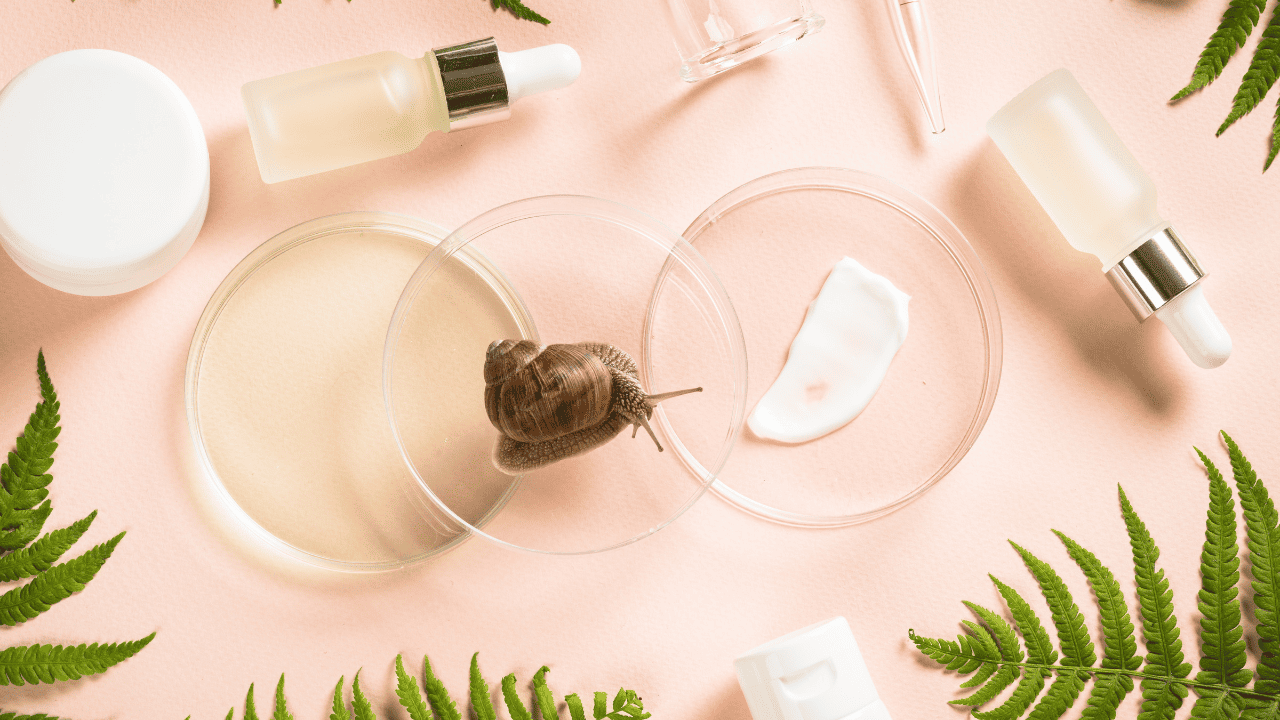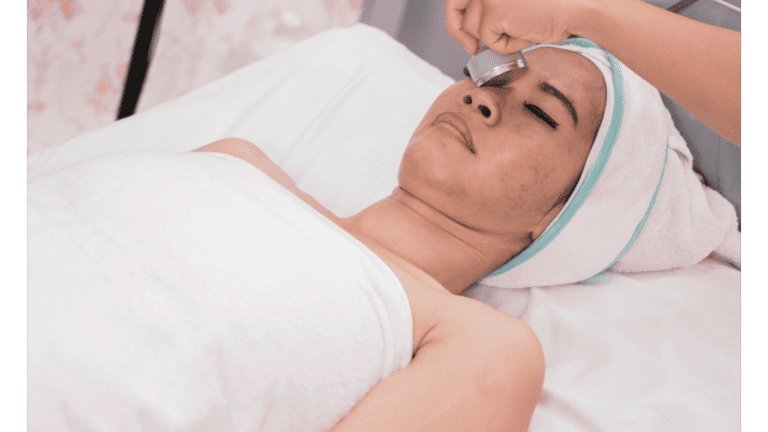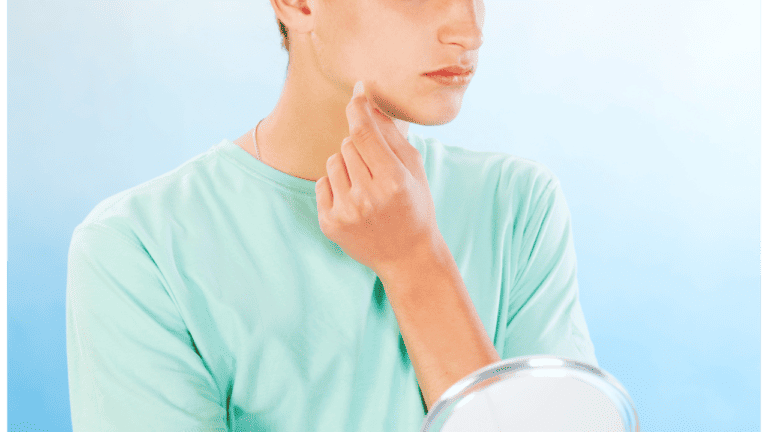Welcome to the exciting world of DIY skincare with a twist – snail mucin! If you’re intrigued by the idea of incorporating natural, effective ingredients into your skincare routine, you’re in the right place. Snail mucin, a beloved ingredient in the beauty world, is known for its remarkable skin-rejuvenating properties.
In this guide, we’re diving into the world of DIY snail mucin recipes, perfect for those who love to blend their own skincare while understanding exactly what’s going onto their skin. Whether you’re a seasoned DIY enthusiast or new to homemade skincare, these recipes are designed to be simple, safe, and beneficial for a variety of skin types. So, let’s embark on this journey of natural beauty and discover how you can bring the wonders of snail mucin right into your home!
Key takeaways
- Red Light Therapy is an evolving technology, offering non-invasive treatments for skin health, pain relief, and overall wellness.
- Advances in Red Light Therapy include smart features, safety enhancements, and greater accessibility in both home-use and professional-grade devices.
- Choosing the right Red Light Therapy device depends on individual needs, with options ranging from budget-friendly home models to advanced professional units.
Understanding Snail Mucin
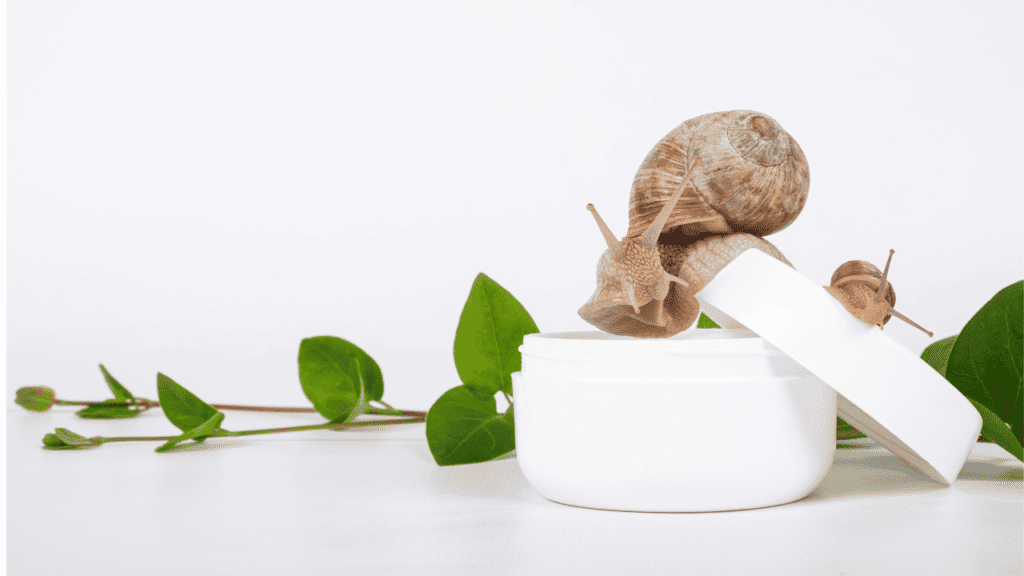
Benefits for the Skin
The beauty of snail mucin lies in its multifaceted benefits. It is celebrated for enhancing skin rejuvenation, aiding in collagen production, and improving skin elasticity. Additionally, its antimicrobial properties and ability to promote cell regeneration make it a go-to for healing scars, fighting breakouts, and reducing fine lines.
Historical Use in Skincare
The use of snail mucin in skincare dates back to ancient Greece, where Hippocrates reportedly used crushed snails to soothe inflamed skin. In more recent times, its popularity soared in Korean beauty regimes, known for their innovative and effective skincare solutions.
Sourcing Snail Mucin

Ethical and Sustainable Sourcing
When sourcing snail mucin, ethical considerations are paramount. It’s essential to ensure that the mucin is harvested in a cruelty-free manner, which means snails are not harmed during the extraction process. Sustainable farming practices are equally important to ensure the snail population is not endangered.
Ensuring Quality and Purity
Quality is crucial when it comes to effective snail mucin. Look for suppliers who provide pure, undiluted mucin. Be wary of additives or preservatives that may diminish the mucin’s effectiveness. Checking for certifications and reading reviews can guide you towards reputable sources.
Basic DIY Snail Mucin Skincare Recipe
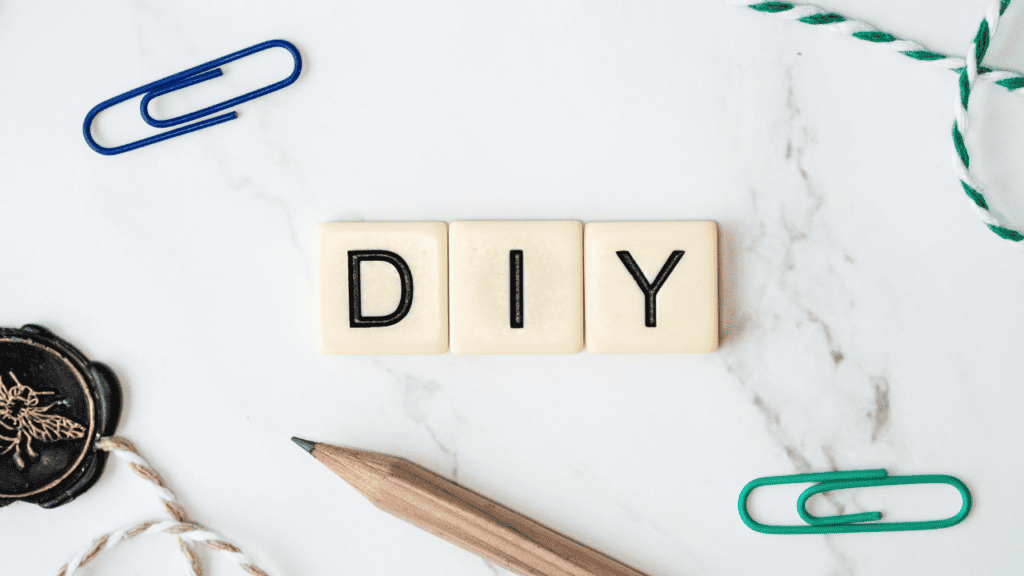
Creating a Simple Snail Mucin Serum
To start your DIY journey, a basic snail mucin serum is a perfect first step. Here’s a simple recipe:
- Ingredients: Pure snail mucin, distilled water, natural preservative (like Leucidal).
- Method: Mix 1 part snail mucin with 2 parts distilled water. Add a few drops of Leucidal to extend the serum’s shelf life. Stir gently until the mixture is homogenous.
- Application: Apply a few drops to clean, damp skin. Gently massage in upward circles.
Key Ingredients and Their Roles
- Snail Mucin: The star ingredient, snail mucin, is known for its healing, moisturizing, and rejuvenating properties.
- Distilled Water: Used to dilute the mucin to a manageable consistency, ensuring easier application.
- Natural Preservative (Leucidal): Helps to keep the serum safe for use over time by preventing microbial growth.
This basic serum is a great introduction to DIY snail mucin skincare, offering a natural, effective way to enhance your skin’s health and appearance.
Advanced DIY Recipes

Recipe 1: Snail Mucin Anti-Aging Night Cream
Ingredients:
- 2 tablespoons pure snail mucin
- 1 tablespoon aloe vera gel
- 1 teaspoon jojoba oil
- 5 drops of lavender essential oil
- Natural preservative (optional)
Method:
- Blend the Base: Mix snail mucin and aloe vera gel in a clean bowl until well combined.
- Add Oils: Stir in jojoba oil and lavender essential oil for their soothing and anti-aging properties.
- Preserve: If you plan to use the cream over several weeks, add a natural preservative as per the manufacturer’s guidelines.
- Store: Transfer the cream into an airtight container and store it in a cool, dark place.
Usage:
Apply nightly to a clean face, gently massaging into the skin. The combination of snail mucin with aloe vera and oils provides intense hydration and rejuvenation, making it ideal for mature or dry skin.
Recipe 2: Snail Mucin Hydrating Face Mask
Ingredients:
- 3 tablespoons pure snail mucin
- 1 tablespoon honey
- 1 teaspoon green tea extract
- 1 egg white
Method:
- Mix Ingredients: Whisk together the snail mucin, honey, green tea extract, and egg white.
- Consistency Check: Ensure the mixture is smooth and homogenous.
- Apply: Spread the mask evenly on the face, avoiding the eye area.
- Rest: Leave the mask on for 20 minutes before rinsing with warm water.
Usage:
Use this mask once or twice a week for deep hydration and revitalization. This blend harnesses the nourishing properties of honey and the antioxidant benefits of green tea, complementing the rejuvenating effects of snail mucin.
Safety and Storage
Preparing and Storing DIY Snail Mucin Products
Safety Practices:
- Always use clean utensils and bowls to avoid contamination.
- Perform a patch test before using any new product to check for allergic reactions.
Storage Tips:
- Store your DIY products in airtight containers to prevent oxidation.
- Keep them in a cool, dark place. If a product contains ingredients that spoil easily, refrigerate it.
- Pay attention to changes in smell, color, or texture, which can indicate spoilage.
Understanding Shelf Life and Spoilage
Shelf Life:
- DIY products, especially those with natural ingredients, have a shorter shelf life than commercial products. Typically, they last for 1-2 weeks if not refrigerated.
- Adding a natural preservative can extend their life up to a month.
Spoilage Signs:
- Separation of ingredients, mold growth, or an off-putting smell are clear indicators of spoilage. Discard the product if you notice any of these signs.
Maximizing Benefits
Incorporating Snail Mucin Products into Your Skincare Routine
Effective Application:
- Use snail mucin products on clean, slightly damp skin to enhance absorption.
- For serums and creams, a light, circular massage helps in better penetration of the product.
Routine Integration:
- Start with a cleanser, then apply the snail mucin product. Follow up with a moisturizer if needed.
- For the night cream, use it as the last step in your nighttime skincare routine.
Complementary Skincare Practices
Enhancing Efficacy:
- Stay hydrated and maintain a balanced diet to complement the external skincare regime.
- Regular exfoliation can help snail mucin products penetrate deeper into the skin.
Additional Tips:
- Consistency is key. Regular use of snail mucin products will yield better results.
- Be patient; skincare products can take time to show visible effects.
Conclusion
Embarking on the DIY snail mucin skincare journey is not just about creating products; it’s about embracing a skincare routine that is as natural and personalized as it gets. Throughout this guide, we’ve explored everything from the historical significance of snail mucin to advanced recipes for your own skincare creations. Remember, the key to successful DIY skincare is patience, consistency, and a willingness to learn and adapt.
As you experiment with these recipes and integrate them into your daily routine, you’re likely to notice a positive transformation in your skin’s health and appearance. So, keep an open mind, enjoy the process, and welcome the natural glow that comes with using these homemade, snail mucin-infused skincare products. Here’s to your journey towards a more natural, effective, and personalized approach to beauty and skincare!
FAQs
Are DIY snail mucin products suitable for all skin types?
Generally, yes, but it’s always recommended to perform a patch test first, especially for those with sensitive skin or allergies.
How should I store my homemade snail mucin skincare products?
Store them in airtight containers, in a cool, dark place, or refrigerate if they contain ingredients that spoil easily.
What are the signs that a DIY snail mucin product has gone bad?
Signs include changes in smell, color, texture, or the appearance of mold, indicating that the product should be discarded.
